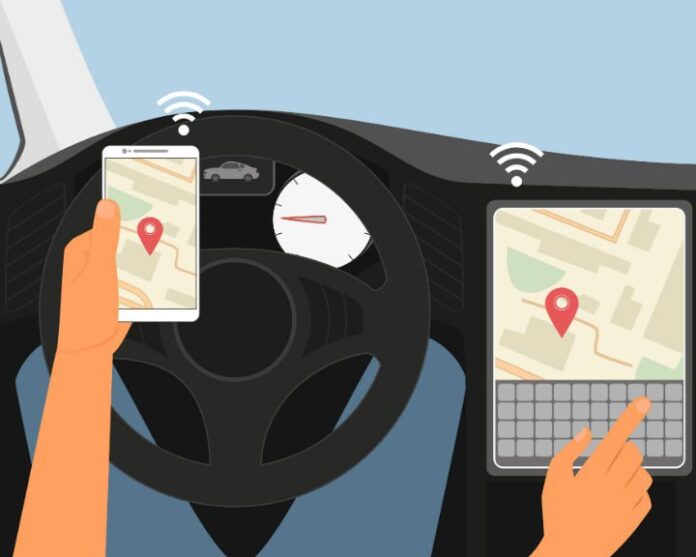Get ready for more from the connected car market as autonomous vehicles are on the horizon
Editor’s Note: With 2016 now upon us, RCR Wireless News has gathered predictions from leading industry analysts and executives on what they expect to see in the new year.
 Today’s vehicles are rapidly becoming more technologically sophisticated, with many featuring advanced connected applications that were once only possible on a smartphone. A recent Gartner Research report forecast “about one in five vehicles on the road worldwide will have some form of wireless network connection by 2020, amounting to more than 250 million connected vehicles in service.”
Today’s vehicles are rapidly becoming more technologically sophisticated, with many featuring advanced connected applications that were once only possible on a smartphone. A recent Gartner Research report forecast “about one in five vehicles on the road worldwide will have some form of wireless network connection by 2020, amounting to more than 250 million connected vehicles in service.”
In 2015, major strides forward were made in the connected car, with the emergence of a number of new LTE-enabled car models in the U.S. and other markets – for example from General Motors and Audi – with carriers allowing you to share your smartphone data plan account with the car. These connected systems enable infotainment applications that use in-vehicle Wi-Fi hot spots to support high-definition video streaming for multiple devices, as well as safety and diagnostics features.
The major carriers have also moved further into the connected car arena. We saw carriers such as Verizon Communicationsenter the market with onboard diagnostic reader II-based dongles that allow you to collect data from the car on your smartphone and add connectivity features to cars that didn’t originally have that functionality built in.
As we move into 2016, we will undoubtedly see more models from more car manufacturers adopting these sorts of systems and the new applications built around them. This smartphone-to-car integration will allow a more seamless integration between what you can do on your phone before and after you get in your car, and what can be done in the car itself. For example, you will be able to map out your journey from your living room and transfer the route to your car so it is ready to go when you get in. Leveraging the wireless connectivity during the drive, you can customize your trip using apps that more intelligently flag restaurants, gas stations and other points of interest along the route based on learning your own preferences versus a generic list.
Stay tuned to see more cars bringing advanced driver assist features to market – like autonomous braking, lane departure, back up assist and self-parking. These are the first steps to fully autonomous driving, which we’ll continue to see progress on in 2016, as companies like Google and Tesla drive their programs forward and new legislation – like the recent California Department of Motor Vehicle regulation – come into effect. Connectivity will let cars interact with infrastructure such as traffic signs, variable speed limits (vehicle to infrastructure) and each other (vehicle to vehicle) – as well as send data to the cloud for use by cities and highway agencies to better optimize traffic flows (signal light timing for example based on real-time time of day traffic patterns).
Another key use of telematics that promises to come to market more in 2016 is over-the-air software updates for all the systems in your car. A few leaders in the industry are just starting to do this, but it will become more common as software becomes more complex, allowing drivers to avoid trips to the dealership for increasingly common software fixes in the early life of new car models (and also allowing OEMs to minimize the expense of doing this). For example, IHS recently reported vehicles equipped with infotainment software OTA capabilities forecasted to increase from just over 200,000 units in 2015 to more than 96.4 million enabled vehicles by 2022.
These innovations are among the many connected trends increasing the generation and consumption of data and the need for higher endurance and higher capacity storage. Many in the automotive industry are turning to flash storage to enable many of these functions – from storing the basic operating system and advanced software applications, to collecting and analyzing drive time data, and buffering cloud communications to optimize the use of bandwidth, to storing local copies of infotainment data. As CPU, networking and memory bandwidth, processing speeds and capacities continue to increase every year – new and more intelligent functions can be enabled.
You can see the leaps in mobile phones over the last 10 years – from basic flip phones with simple displays that allowed voice and texting to today’s smartphone that has a large screen, processing power and storage that is as capable as any PC from a few years ago. This computer in your pocket has replaced your camera, newspaper, gaming console and a whole host of what used to be mostly desk-bound functions. Flash storage has been a key enabling technology that has allowed these advancements. As flash storage adoption increases in the automotive industry, we’ve only seen tip of the iceberg of its potential.

